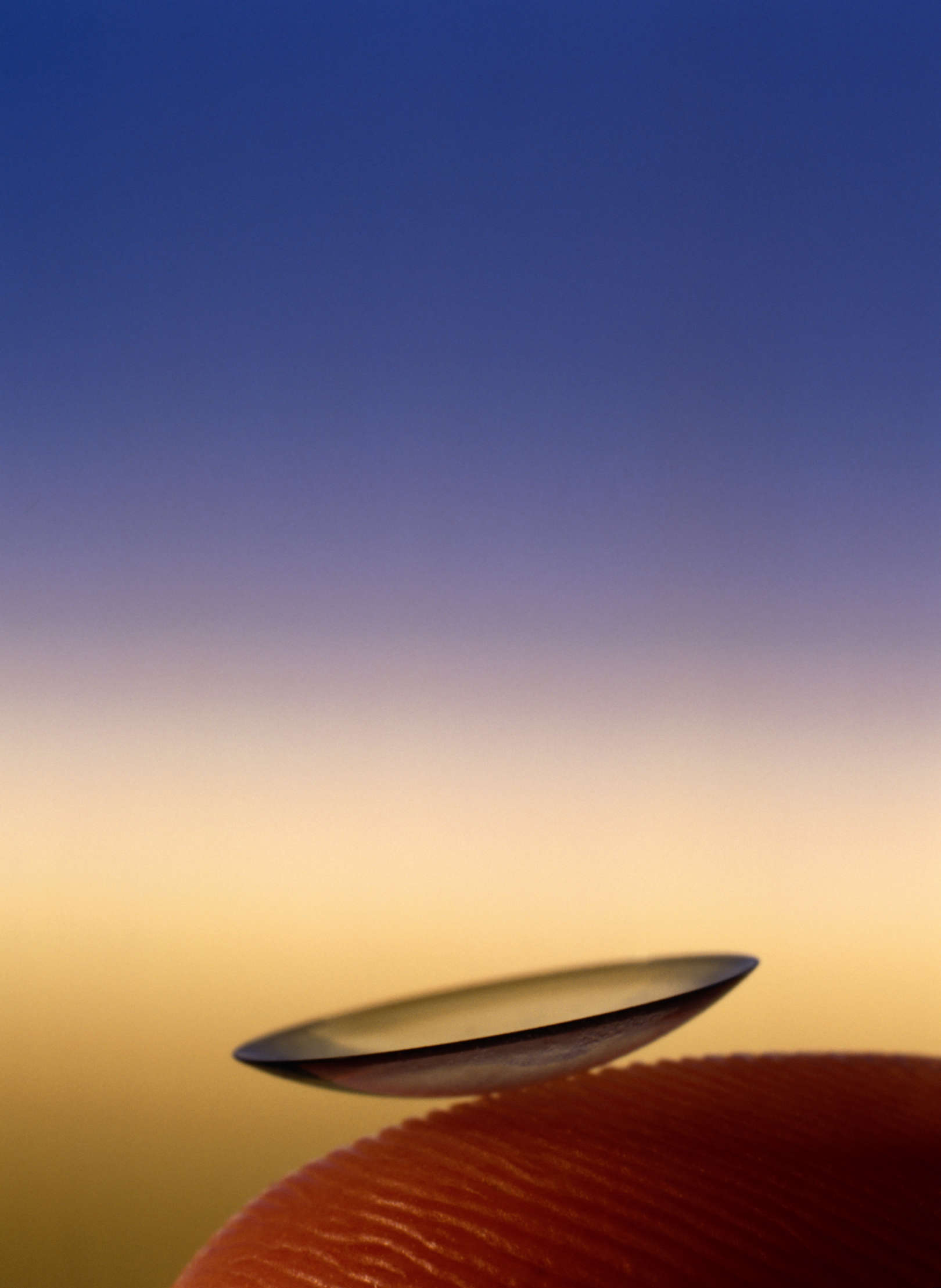About
João Paulo Cunha is Full Professor of Bioengineering & Electrical & Computers Engineering (ECE) at the Department of ECE of the Faculty of Engineering of the University of Porto (FEUP), Portugal; Senior Researcher at the INESC-TEC: Institute for Systems and Computer Engineering where he created and coordinates the BRAIN – Biomedical Research And INnovation - research group and co-founded the Center for Biomedical Engineering Research (C-BER) that aggregates ~40 researchers. Prof. Cunha is also a mentor/co-founder and contributor to several MedTech/DeepTech startups (eight until now) by advising and licensing intellectual property of innovative biomedical technology developed for several years in his lab, such as Biodevices (http://www.biodevices.pt), iLof-Intelligent Lab-on-Fiber (https://ilof.tech) and inSignals Neurotech (http://www.insignals-neurotech.com). He is visiting professor at the Neurology Dep., Faculty of Medicine of the University of Munich, Germany since 2002 and at the Carnegie Mellon University – Silicon Valley Campus, USA, between 2016 and 2021. He serves as Scientific Director of the Carnegie-Mellon | Portugal program since 2014.
He earned a degree in Electronics and Telecommunications engineering (1989), a Ph.D. (1996) and an Habilitation (“Agregação”) degree (2009) in Electrical Engineering all at the University of Aveiro, Portugal.
Dr. Cunha is Senior Member of the IEEE – Institute of Electrical & Electronics Engineers - (2004), member of the Editorial Board of NATURE/Scientific Reports (5th most cited journal in 2022) and Associate Editor of FRONTIERS/Signal Processing journal. He is also habitual reviewer of several IEEE journals and other relevant scientific journals such as PLoS ONE or Movement Disorders. He is an internationally renowned expert in advanced biosignal processing, human motion analysis and neuroimaging. He has supervised and co-supervised more than 15 PhD & Post-doc students in his areas of R&D. He received several awards, being the most relevant the European Epilepsy Academy (EUREPA) “Best Contribution for Clinical Epileptology” Award in 2002. Prof. Cunha is co-author of +200 scientific publications and 43 patents from 10 patent families, holding an h-index of 34 (Google Scholar), with +4,500 citations.



